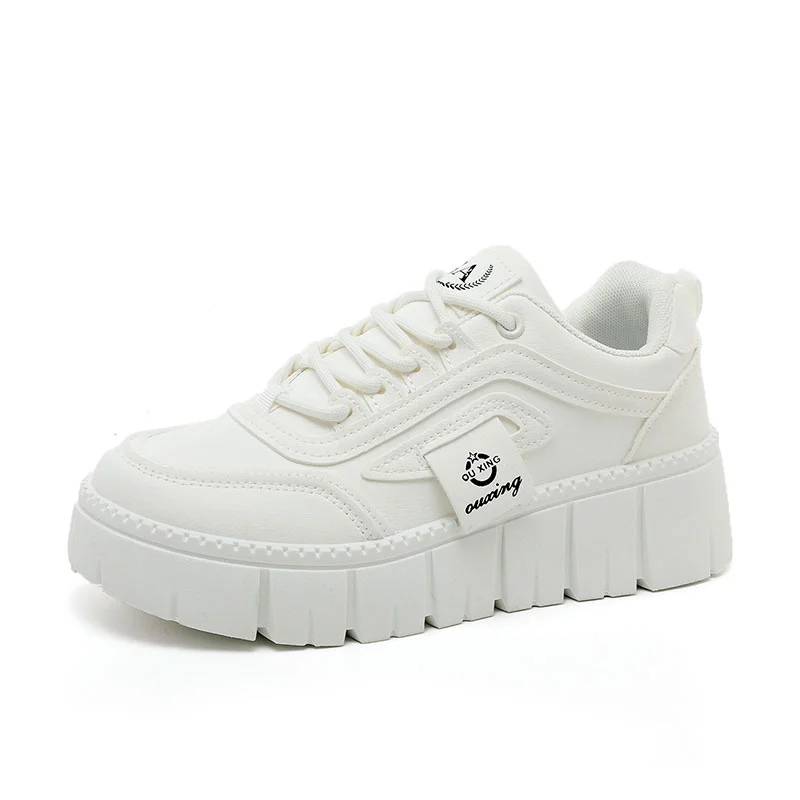In the realm of fashion, the choices we make in our clothing can significantly influence how we are perceived by others. One of the most debated topics in contemporary style discussions is the attractiveness of wearing tight shirts. This article delves into the multifaceted aspects of this trend, examining its implications on body image, social perceptions, and personal confidence, while also considering the cultural context that shapes our understanding of attractiveness.
The Psychology of Clothing Choices
Clothing is not merely a functional necessity; it serves as a powerful form of self-expression. Tight shirts, in particular, have become a symbol of confidence and body positivity for many. The psychology behind wearing fitted garments often ties back to how individuals perceive their own bodies and how they wish to present themselves to the world.
Research indicates that clothing can influence self-esteem and body image. When individuals wear tight shirts that accentuate their physique, they may feel more attractive and self-assured. This boost in confidence can create a positive feedback loop, where the individual’s self-perception enhances their overall attractiveness in social situations.
The Social Perception of Tight Shirts
The attractiveness of tight shirts is also heavily influenced by societal norms and cultural standards. In many Western cultures, a well-fitted shirt is often associated with fitness and health. This perception is rooted in the idea that a toned body is desirable, and tight clothing serves to highlight these physical attributes.
However, it is essential to recognize that attractiveness is subjective and varies across different cultures and communities. In some cultures, looser clothing may be preferred, emphasizing modesty or comfort over form-fitting styles. Thus, while tight shirts may be deemed attractive in certain contexts, they may not hold the same appeal universally.
The Role of Body Positivity
The body positivity movement has significantly impacted how tight clothing is perceived. This movement advocates for acceptance of all body types, encouraging individuals to wear what makes them feel good, regardless of societal standards. As a result, tight shirts are increasingly embraced by people of various shapes and sizes, challenging traditional notions of beauty.
Wearing tight shirts can serve as a statement of body confidence, allowing individuals to celebrate their unique physiques. This shift in perspective fosters a more inclusive understanding of attractiveness, where the focus is on personal comfort and self-expression rather than conforming to a narrow ideal.
Practical Considerations: Fit and Fabric
While the allure of tight shirts is undeniable, practical considerations must also be taken into account. The fit and fabric of a shirt play crucial roles in determining its overall attractiveness. A well-fitted shirt should contour to the body without being overly restrictive. Fabrics that offer stretch, such as cotton blends or performance materials, can enhance comfort while maintaining a sleek appearance.
Moreover, the choice of color and pattern can further influence the attractiveness of tight shirts. Darker colors tend to be slimming, while bold patterns can draw attention and create a statement. Understanding how these elements interact can help individuals make informed choices that align with their personal style and comfort levels.
Conclusion: Confidence is Key
Ultimately, the question of whether wearing tight shirts is attractive is subjective and multifaceted. It intertwines with personal confidence, societal norms, and cultural contexts. What remains clear is that confidence plays a pivotal role in attractiveness. When individuals wear tight shirts that make them feel good, they exude a sense of self-assuredness that is inherently attractive.






+ There are no comments
Add yours